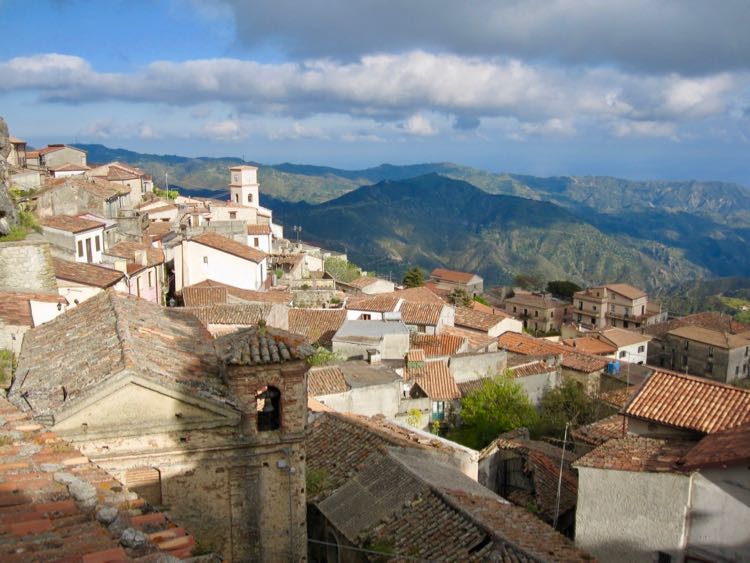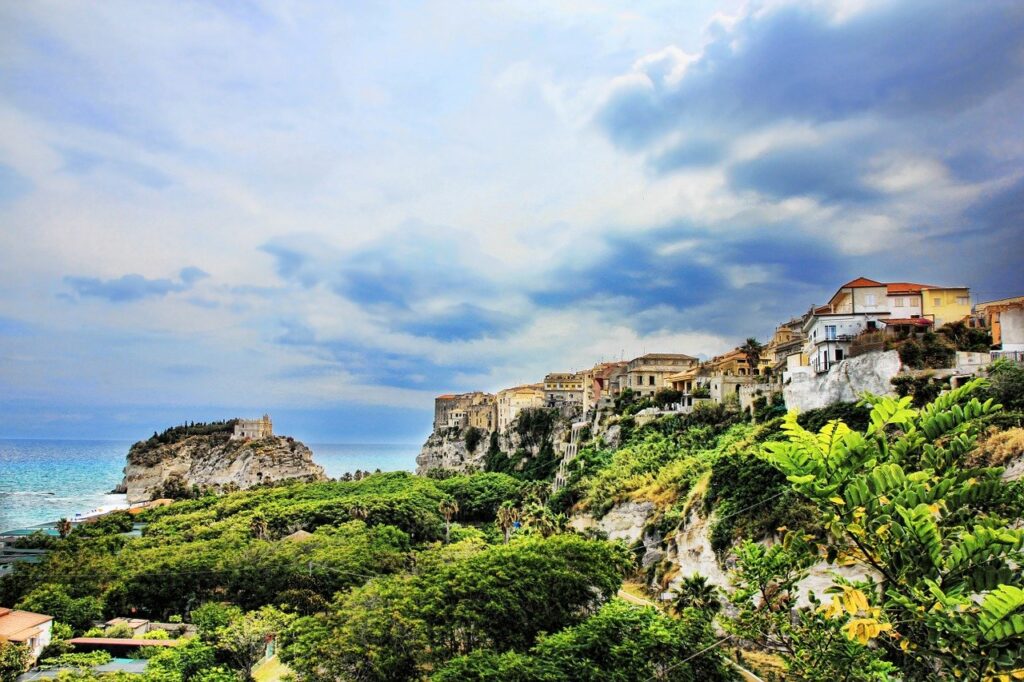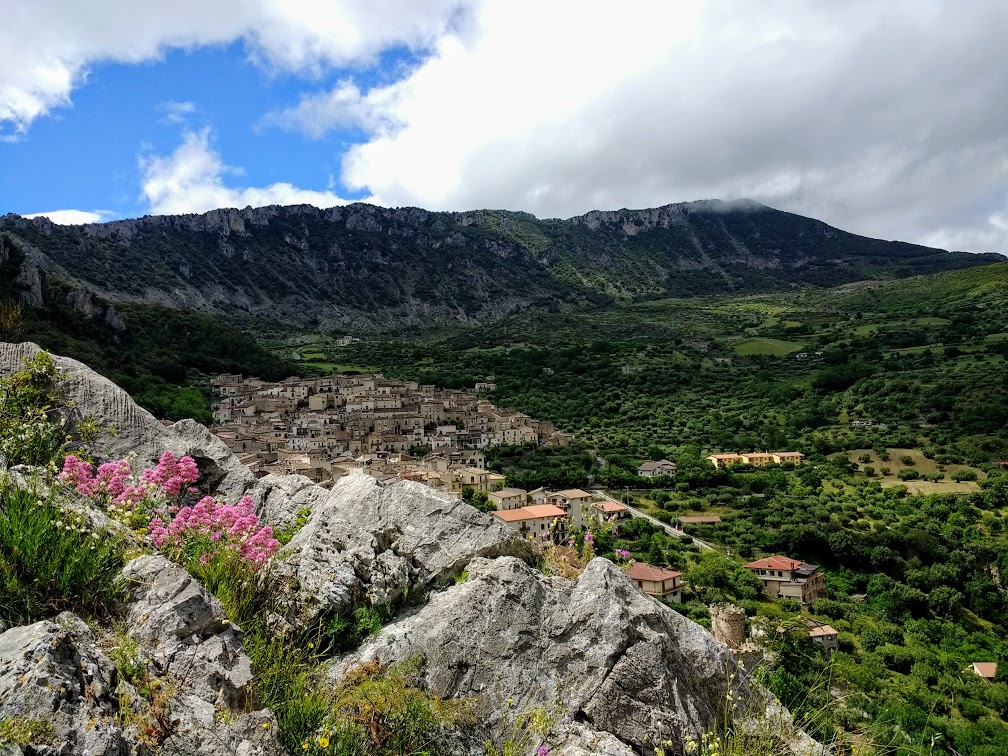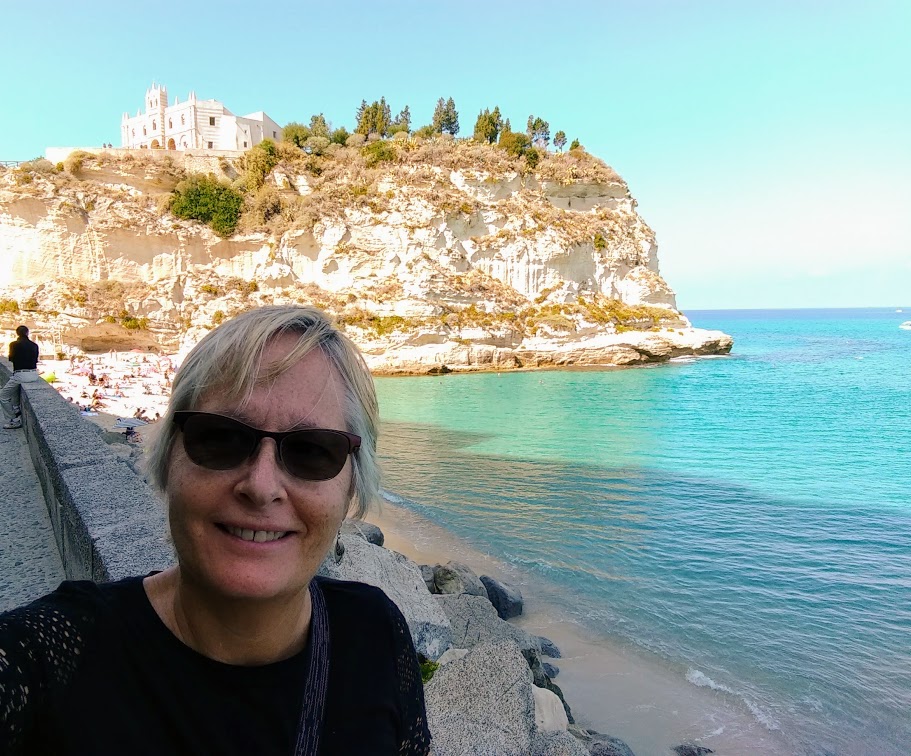The amazing diversity of villages in Calabria
Although we use the word ‘Italian’ to describe everything relating to the ‘boot’, Italy is incredibly diverse. Its landscape spans from Mediterranean to Alpine, with unique cultures, traditions and languages in each and every corner. This broad palette offers travellers the opportunity for a variety of experiences all within one country, or even within a region or area. Calabria, located at the southern end of the peninsula, in the toe of the boot, is a perfect example. The mountainous region is surrounded by 500 miles of gorgeous coastline, a gateway to rich and varied cultures, from seaside communities to hill towns to mountain villages. To pique your interest, I’ve picked out three Calabrian villages, from south to north, each special and unique in its own way, completely different one from the other. One thing they do have in common, however, is that all three are members of the exclusive club Borghi più belli d’Italia or Italy’s Most Beautiful Villages!
Bova

Bova is a charming hill town that lies within the Aspromonte National Park in the very southern tip of Calabria in the Province of Reggio Calabria. History runs deep, with inhabitation dating back to the Neolithic period, settlement by ancient Greeks, later by Byzantines, then struggles with Saracen invasions and eventually domination by the Normans, whose castle ruins can be visited above the town. Bova followed the Greek Orthodox rite until 1572 when forced to switch to the Roman Catholic. The Greek language, however, has remained, and the ancient native tongue is still spoken, albeit by ever dwindling numbers of people. Today, Bova’s medieval historic center has fewer than 500 residents, as many moved to coastal locations, such as Bova Marina, or to places farther afield, emigrating to Northern Italy and abroad.
At 3,000 feet above sea level, the old town is set against the rugged Aspromonte Mountains, crowning a hilltop that looks out to the Ionian Sea and Sicily beyond. On clear days, Mount Etna appears larger than life in the not-so-far distance. Throughout its history, the village has suffered numerous earthquakes and even a bombardment during the Second World War. The compact maze of streets boasts both beautifully renovated old-stone buildings and those in need of a little care. Several historic churches can be visited, as well as a Natural Science Museum focusing on paleontology, a Museum of the Calabrian-Greek language, and an outdoor walking path that features tools from agrarian society. Numerous mountain trails more than satisfy those with a hiking spirit.
Locals go to Bova for its history and to breathe in the fresh mountain air as they enjoy the culinary specialties, such as goatmeat and various cheeses made from goat and sheep milk. The ricotta is as light as air. Bova even has a special bread called lestopitta, a fried flatbread with which you can sample the many appetizers, such as vegetables preserved in oil, cold-cuts and cheeses. And the maccarruni al sugo di capra (homemade macaroni with goat sauce) is not to be missed!
Tropea

According to legend, Tropea was founded by Hercules, a story not hard to believe when you come upon this particular stretch of Calabrian coastline, named the Costa degli Dei or Gods’ Coast for its beautiful beaches, dramatic rocky outcroppings and crystal waters. This breathtaking spot flanks the Tyrrhenian Sea on a small horn that juts out from central-western Calabria in the Province of Vibo Valentia. Tropea is the jewel in its crown, or the Tyrrhenian Pearl, as it is commonly called.
The ancient Greeks, Romans and countless others throughout the centuries have been attracted by these shores and today, Tropea sits like a terrace over the sea. The historic center was built right to the edge, so that the rockface plummets abruptly to the beach and sea below. Tropea is on everyone’s must-see list and photos of the Sanctuary of St. Mary of the Island grace countless international travel magazines. Visitors stroll through the old town’s lovely streets, lounge on beaches up and down the coast, swim, take a boat ride and explore the natural, inland terrain, home to the Tropea onion.
While English speakers may scratch their heads at the elevation of an onion, I can assure you that Italians up and down the boot hold these sweet red onions in very high esteem. Locally, restaurants serve them in every imaginable manner and gift shops are ready with products ranging from the onions themselves to jars of sweet onion marmalade to take home. Another specialty to sample in Tropea is the very spicy, spreadable salami called ‘nduja, popular with international chefs in-the-know and made in nearby Spilinga.
Civita

Civita may sound like a familiar place, as the name pops up rather frequently due to the association with the Latin civitas; however, with Calabria’s Civita, the derivation isn’t clear. It may just come from an Albanian word. What? Yes, although the site was already settled before Christ, by the end of the 15th century when Albanian families fleeing the Turks arrived on the scene, the picturesque mountain real estate had been abandoned, and Civita became one of numerous “Arbëreshe” communities in Southern Italy. So, while Civita is the youngest of the three villages on this post, it is still well over 500 years old, and incredibly, its inhabitants speak the ancient Albanian of their ancestors.
Located in the Province of Cosenza in the very north of the region, Civita is cradled by the forested mountains of Italy’s largest national park, the Pollino, which straddles Calabria and Basilicata, its northern neighbor. The setting is picture-postcard, whether from the approach or from the old town, itself, with its folkloristic architecture and surrounding mountain vistas. From the edge of the historic center, you can hike down the Raganello Canyon, walk across the old stone Devil’s Bridge, and continue your exploration of the park and area culture. The fewer than 1,000 residents keep traditions alive through language, the Albanian Orthodox Church, local museum and of course, the food.
Local cuisine combines Arbëreshe customs with those of the Pollino Mountains, an area with many other interesting communities to visit, such as nearby Morano Calabro, also amongst Italy’s Most Beautiful Villages.
Surprised by Calabria’s Diversity?
The more I dig, the wider my eyes open. That’s Italy. Just looking at these three Calabrian villages gives a hint of the depth of the region and the country as a whole. Rome, Florence, Venice, Pompeii, and yes, so many small places that most people have never heard of, but which have an incredible history and beauty all of their own. Calabria is what I call, “The Other Italy,” and perhaps with a glimpse of only a few villages, you understand why.

Karen Haid is the award-winning author of Calabria: The Other Italy and Basilicata: Authentic Italy, travel books that capture the essence of Southern Italy, from ancient history to contemporary society, meaningful encounters with locals, fascinating places to visit, and exquisite food to savour. Her writing immerses the reader in the culture as if in conversation with an old friend. With her company Karen’s Travel LLC, she leads small-group tours and you can follow her on Facebook, Instagram, Twitter and her in-depth My Italian Blog.


